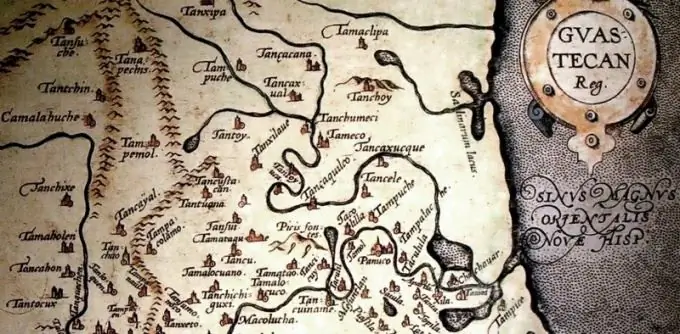The quest is much more interesting if the participants have a suitable card. Topographic accuracy in this case is not at all necessary, the map should only contain objects and points that are important for the players, allowing them to navigate the territory. It is best to draw with felt-tip pens, making a sketch with a simple pencil.

It is necessary
- - a large sheet of paper;
- - a set of markers;
- - a simple pencil;
- - compass or navigator.
Instructions
Step 1
See what objects are on the territory where you will be playing. You will definitely need to designate a forest, river or lake, field, large buildings. Select a legend for all objects. The forest can be marked with a tree, the field - with a spikelet, the river can be simply circled, and so that the participants do not confuse it with a winding road, draw a fish or a boat on it. An encrypted card is also acceptable in the game, so you can come up with any designations you like.
Step 2
Determine the playing area. It can even be marked with, for example, colored ribbons or wolfberry. Draw the approximate boundaries of the site on the map.
Step 3
Decide which object will be your main one. Also determine its meaning in the game - a transformer box can be a count's castle, a forest can be a royal garden, etc. Draw an object on the map and mark it (for example, it can be a rectangle or a circle on which the coat of arms is drawn).
Step 4
Determine in which directions the others are from the main object. This can be done using a compass or navigator. Of course, you don't need exact coordinates in this case. It is only important to know whether there is a large oak tree with a hollow or a game village in the west or east of the count's castle, and the approximate distances between them.
Step 5
In this case, it is not necessary to comply with the requirements that an ordinary geographic map must comply with, but it will be more convenient for players if the cardinal points are located as usual. North is usually above, south, respectively, below, west - left, east - right. Draw a wind rose somewhere on the side, indicating the cardinal points on it. Draw other important objects for the players.
Step 6
Color your map. You can use the same color scheme that is used in the production of geographic maps. Paint the forest green, the river blue, and the field yellow or brown. Only outlines can be traced for buildings. But you can also make a stylized map, outlining only the boundaries of the parcels.
Step 7
There may be inscriptions on the map, because even in the game a village or a river has its own name. Mark the place where the treasure or the first clue will be hidden. The map is ready.
Step 8
If you want to draw a map for a child's play, do not forget that little participants may not know the usual symbols. Therefore, designate the objects so that even a younger preschooler can guess what exactly is drawn. The inscriptions on the cards for children's games are also optional.






